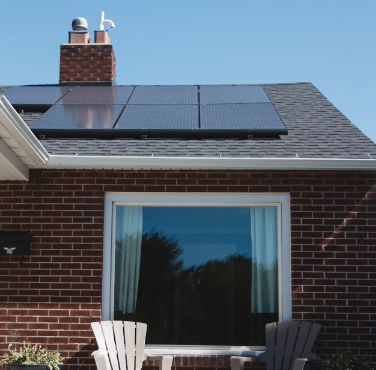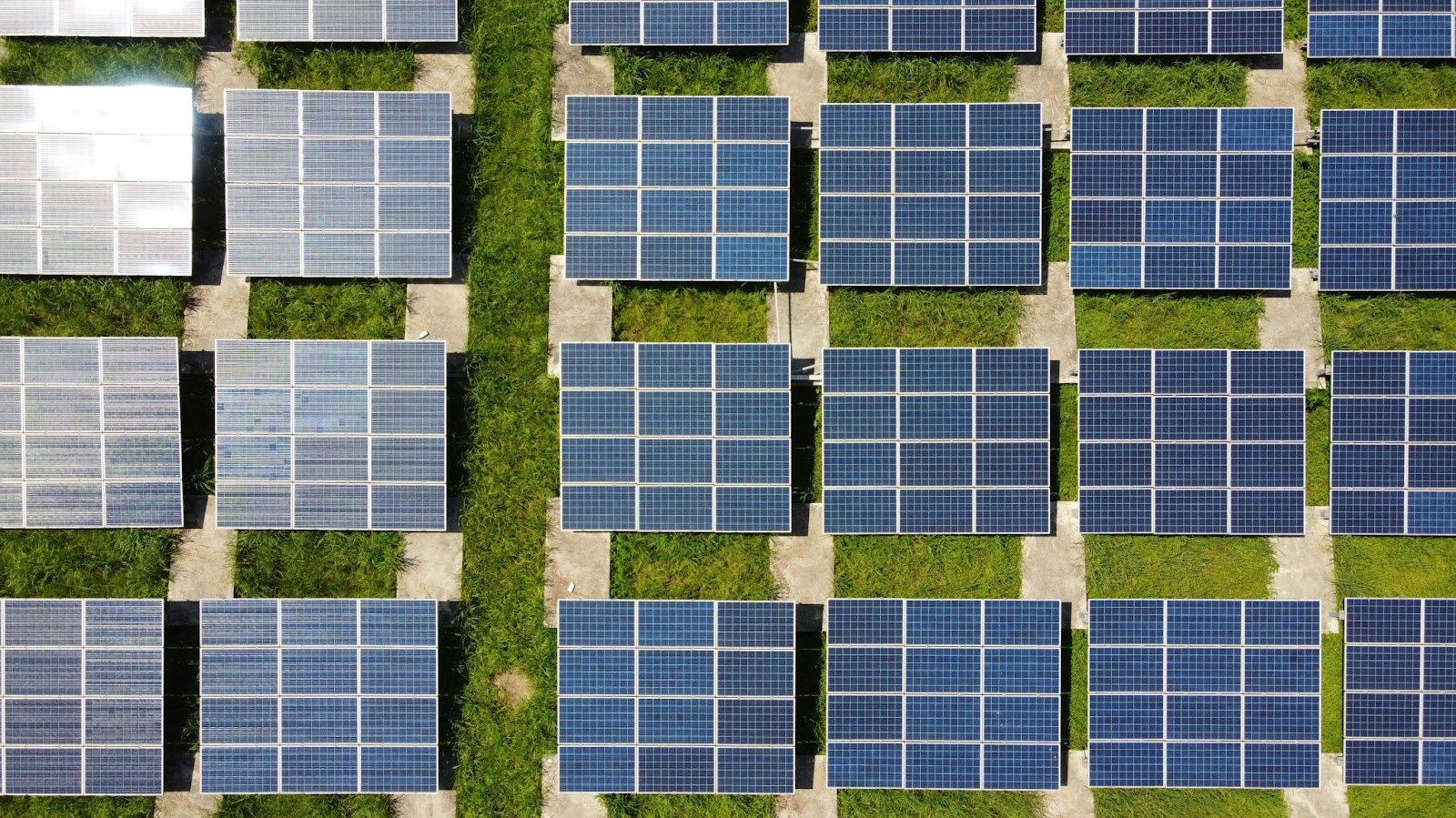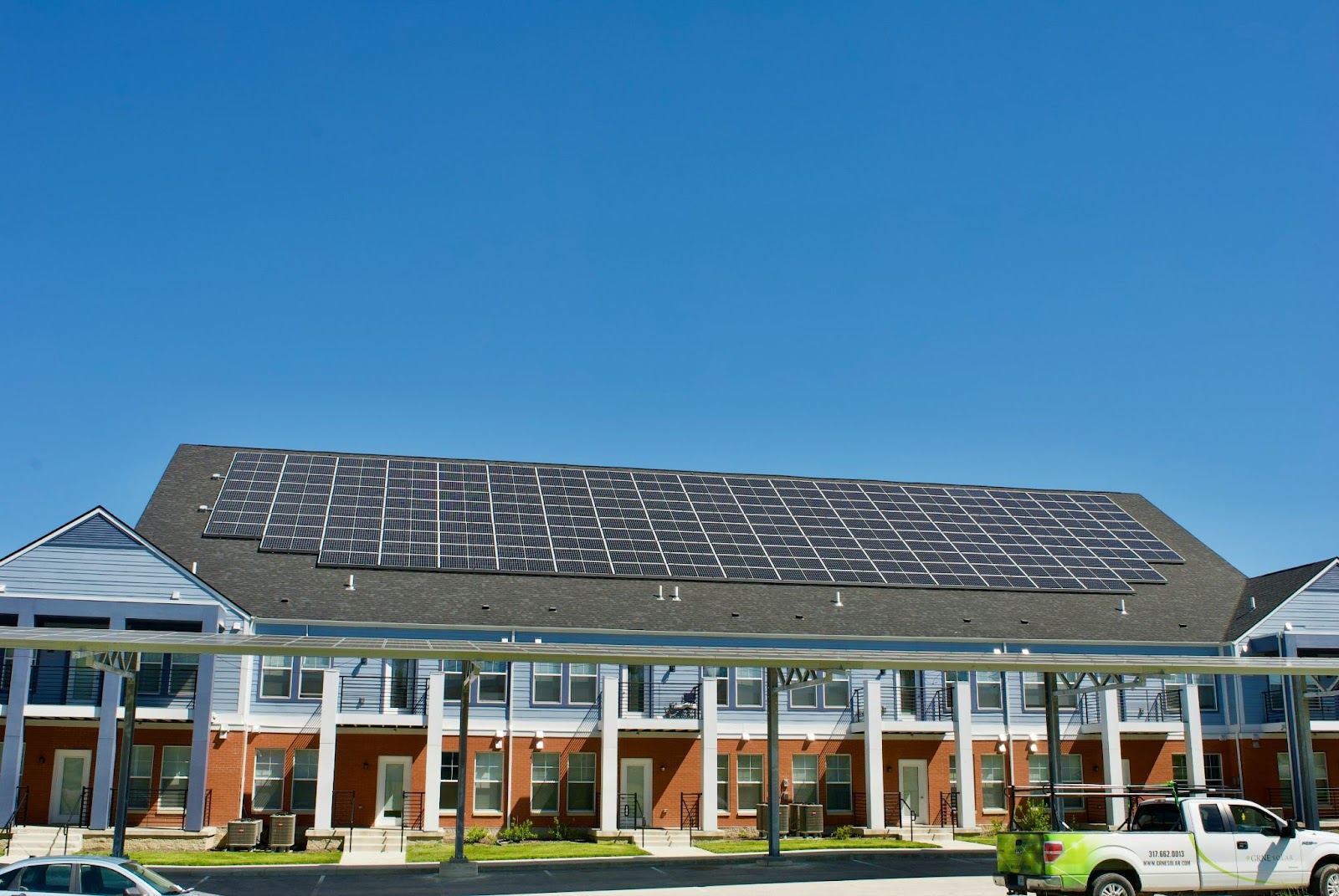Low-income communities are waiting for solar energy systems as more state governments and nonprofits deliver photovoltaic (PV) fields for these areas. However, the rollout has been slow going, even though it could seriously help people living on a fixed income. Several obstacles make it hard for low-income residents to benefit from these systems, but what are they exactly? We asked three experts what’s holding low-cost solar back.
All three experts work in the renewable energy sector. Three central themes appeared in the interviews we conducted: labor costs, political red tape, and solar system costs. These interviews were conducted in light of a new federal initiative, the Clean Energy Connector program, which offers solar power through subscriptions in government-run low-income communities. The United States Department of Energy’s target is 5 million households and $1 billion in power bill savings.
Leland Gohl, director of marketing and customer experience at PowerMarket, told The Business Download his company was directly involved in the feedback for the Clean Energy Connector. Gohl is optimistic that it’s a tremendous opportunity for low-income households to reap the benefits of solar power. However, rolling it out is likely to bring up more questions.
“As it’s rolled out, the rubber will likely meet the road when it comes to the following: how are NREL (National Renewable Energy Laboratory) agents acquiring customers on behalf of organizations such as ourselves, how good are these peoples’ contact info, how much time needed to convert these leads into customers, and lastly, how many organizations will receive these leads to begin with and if it will be exclusive or not,” Gohl wrote via email.
Gohl said that low-income solar is ideal because low-income residents are typically renters. However, renters don’t have decision-making power or cannot install their own systems.
Community solar would save renters a lot of money on utilities, but the landlord has the final say.
“Apartment complexes don’t always have the rooftop space for solar, the energy produced won’t cover everyone’s load, or the building owners may not have an appetite for the length of the payback period from the project or its loan terms,” Gohl wrote. “In those cases, community solar is an alternative that can allow the building and its residents to participate and benefit from a community solar project.”
He explained that equipment wouldn’t be an issue, saying that all solar equipment is similar enough for ample savings for everyone who buys into the program.
The second expert we chatted with was Scott Ringlein of the Energy Alliance Group of North America and founder of Kilowatts For A Cause. He believes politics and utility providers shoulder some blame for the slower rollout. Some states have upscale community solar programs, but others don’t. Accessibility for all is still an ongoing issue.

Photo Courtesy Vivint Solar
“The biggest hurdle we have is getting everyone access to it in some fashion,” Ringlein said. “I’m not advocating that every building have solar because not every building can.”
“The challenge with low-income solar is first: affordability. People are challenged with just paying their bills, feeding their families, and getting to work. The other thing is that we see a lot of programs wanting to put solar on low-income housing,” Ringlein told The Business Download in an interview. “Since 60% of low-income residents don’t own the home they live in, the landlord doesn’t have a lot of motivation to install solar when they are already paying for the utilities.”
Ringlein stressed that solar is the cheapest source of energy, on top of being emissions-free. However, deployment hinges on other factors. A homeowner needs a particular roofing style to fit the panels. If that doesn’t work, a small array would suffice.
Yet there is significant pushback from homeowners about installing panels in their yards or nearby. That’s on top of getting the zoning and construction permits. Even land use is an issue when it doesn’t take much land for a solar field.
“The other challenge we’re seeing now is pushback from communities about installing large-scale solar. Most states’ permitting happens at the local level,” Ringlein said.
“Nothing against their roles, but they don’t always have the experience and knowledge in solar. Their constituents say, ‘I don’t want to stare at a field with a bunch of panels in it.’ We see a lot of NIMBY (not in my backyard), especially in California.”
He explains that’s where Kilowatts For A Cause comes in. Ringlein’s energy-sharing firm installs PV systems at commercial buildings and then takes 2–3% of the power savings. The savings are collected and distributed to a nonprofit organization that supports low-income communities.
The building owner reduces energy costs, low-income people save more on electricity bills, and Kilowatts For A Cause handles the monetary side. It’s a method to increase access for those who can’t afford panels.
Ringlein has worked on other projects, particularly in his home state of Michigan, where there isn’t any community solar. He mentioned other systems Energy Alliance and Kilowatts For A Cause worked on with Michigan’s biggest utility companies, DTE and Consumers Energy.
However, getting people to invest in and sign up to use solar remains a challenge.
“In areas that have adopted it, it can work well,” Ringlein said. “We worked on a project in Maryland that received a sizable grant to build a solar system, but the tie to the grant was a certain percentage of subscribers had to be defined as low-income.”
“While on paper, that’s just a number, but the challenge is finding people who will sign up. It’s done by individual meter numbers,” he continued. “From the investor standpoint, they make money by adding 100% subscribers, or a target might be 80% or greater. If you have a financial model based on having that percentage, and all of a sudden you’re running at 75% all the time, and now you have an investor who is not happy.”
We asked Ringlein about his thoughts on the Clean Energy Connector Program. “The federal government is using its power and leverage to train and get more to participate,” he said. “But then, if you look at how utilities are structured, the federal government can’t necessarily force our utilities to participate in a community solar program. It’s based on legislation.”

Photo Courtesy Anders J
Our third expert is Frank Magnotti, CEO of Electriq Power. Magnotti had similar sentiments, especially concerning the cost it puts on homeowners. He said credit score and purchasing solar equipment are already a massive financial burden. Getting a home PV system is impossible if customers don’t pass the credit check.
Magnotti believes low-income communities can benefit from direct solar energy, but the politics surrounding installation and other aspects of solar deployment hurt the advantages.
“I think there’s been a kind of ‘political attempt’ to say if low-income [residents] wants solar, you can do community solar. That’s what has happened. The community has to accept it,” Magnotti said. “They have to accept, ‘Where do you want to put this?’ Community solar is only going to low-income housing. It’s kind of a feel-good thing, but it’s not direct.”
“Everybody who wants to do low-income is disproportionately paying electricity bills. So are they getting lower electricity bills?” he continued. “The problem with community solar is that it’s generated away from the house. Maybe you’ll pay 10% less for the generation. If your bill is X percent generation and X percent, you know, the transmission and distribution lines, they’re still paying for the transmission and distribution lines. It comes down to, ‘What percentage of your bill are you saving?’”
Magnotti’s company specializes in power purchase agreements and installation. Electriq Power installs solar systems with battery storage for homeowners, and all installations are privately funded — with no credit check. This method saves customers money and electricity.
“We offer a 25-year power purchase agreement. The benefit of a power purchase agreement is that you only pay for the solar produced,” Magnotti said.
“Generally, we make it at 20% lower than the utility rate. So if you’re only paying for what you produce right on your roof, there’s no money down. There’s no credit check. It’s 20% less, and we give you a free battery. We’ve tried to stop all the barriers out there.”
Utilities aren’t involved in the installation unless there is something to change. Municipalities rarely get involved in Eletriq Power’s procedures. Magnotti believes his process effectively meets consumer needs without hurting their bank account.
“The utility has to get involved if there’s any change of meter or something like that. Outside of that, the utility does not have to be involved,” Magnotti said. “The way we approach this is that yes, we are putting solar on the house, right? That customer will use solar instead of the utility generating energy.”
“But we’re doing this in a way that eventually becomes utility-friendly. The reason for that is if you geographically concentrate these residential assets, there are great constraints, and all these consumers now have batteries,” he continued. “When there’s too much load, we need relief. Electriq, along with consumers, can discharge those batteries back to the grid. It helps the consumer and helps the community.”

Photo Courtesy Jubber J.
California has the best success rate for Electriq Power, he said. Washington, D.C., Puerto Rico, and Connecticut have the systems installed, as well as New York, Massachusetts, Rhode Island, New York, and New Jersey — all high-population-density states/territories. Customers can save up to 20% on their electric bill. Electriq Power is also developing more battery storage systems to be used during power outages.
What does Magnotti think of state and federal energy programs? He’s highly supportive of them, but he’s realistic about some rebate programs in places like North Carolina.
“It’s necessary to kindle the market to make it start, especially in areas that hadn’t previously had some of these things,” he said.
“But everyone’s got to be a little bit realistic about expectations. [Solar adoption] is going to be like 1% per year. That is success, not failure. It adds up.”
Community solar could save homeowners. According to an EnergySage article, the average is 5 to 20% savings on annual electricity costs. The introduction of microgrids has also made it possible for a complex to run independently from the state grid. Advancements in battery storage and purchase power agreements also help.
Solar power can provide a boost for low-income residents. It can provide stable, zero-emission energy while using little space and has also created employment opportunities as more cleantech construction jobs open up.
These experts paint a picture that the biggest hurdles remain time, money, and politics. Eventually, the affordability will come as American innovation propels us forward. Time is always an issue, but politics has the power to change that. Acceleration programs like the Clean Energy Connector and the burden the private sector is shouldering the weight to make solar more accessible.





